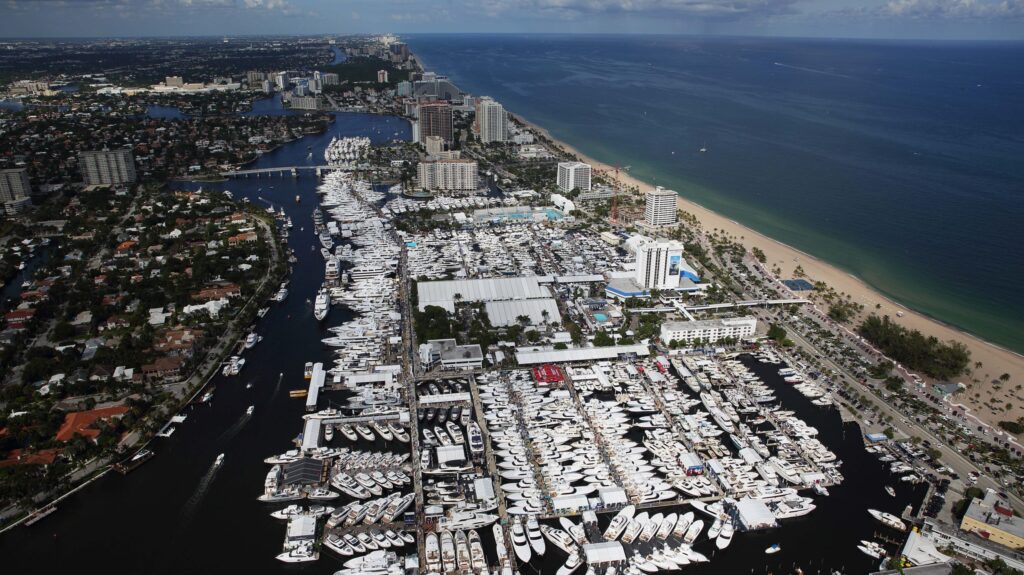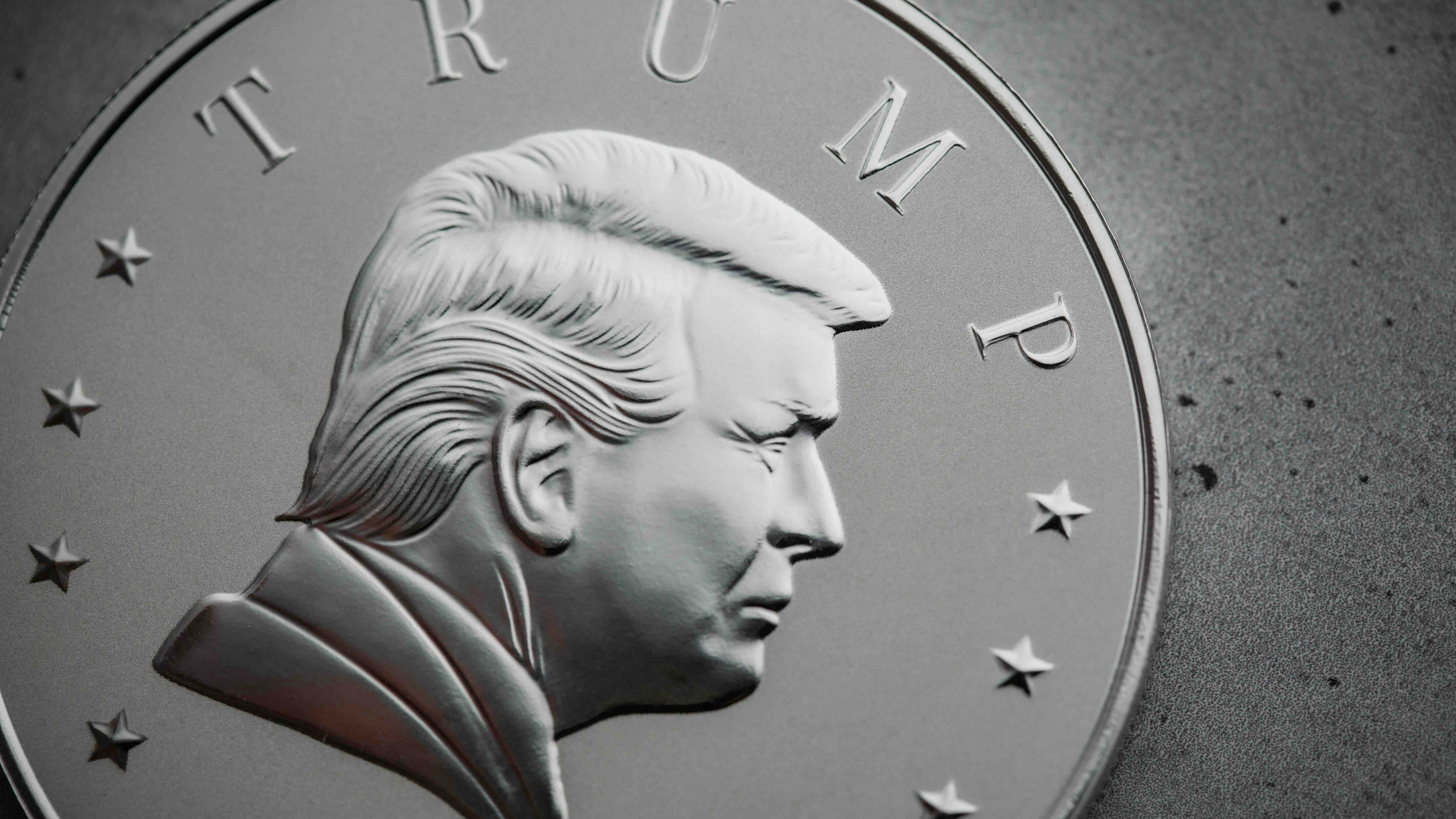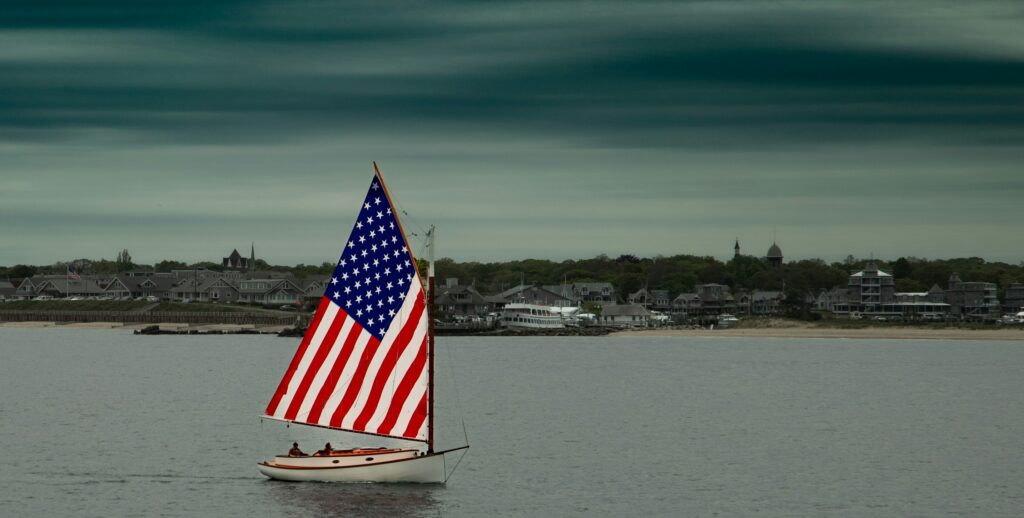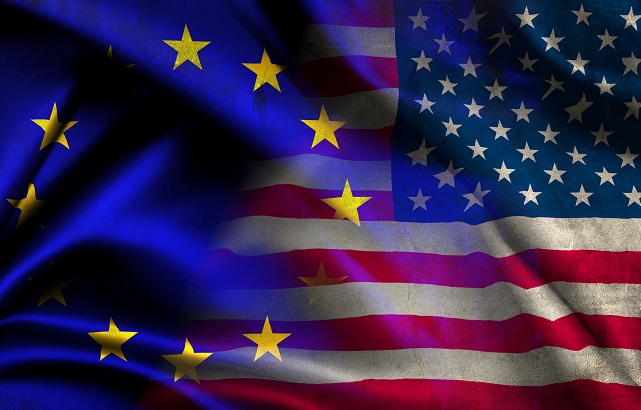GMBA representative Thomas Dammrich analysises the marine market in the US.
Tariffs, fears of new inflation – perhaps stagflation – and widespread uncertainty are providing significant headwinds for the US boating industry. As a result there is weak consumer and business sentiment, alongside economic weakness.
[Amid widespread disruption, last week’s US government shutdown is also set to impact the marine industry, including boater access, trade operations, financing and manufacturing, as reported by MIN].
Marine market post pandemic
Sales of new recreational boats in the US peaked in May of 2021 during the manic buying created by the global pandemic, topping off a decade of sustained growth from 2010 to 2019. But for the past 48 months, new boat sales have fallen every month on a rolling 12-month basis, according to data on new boat registrations from Infolink Technologies.
Sales of pre-owned boats have also been falling since 2020. The hardest hit sectors of new boat sales have been pontoon and tow boats. Fresh water fishing boats have been selling consistently in the past two years and jet boat sales, while small, have seen solid growth. And the strength in sales of larger boats and yachts is showing signs of weakening.
In more normal times, there should be great anticipation for the next bull run in new boat sales to begin soon, as historically the up and down cycles of the marine industry last about five years. But these are not normal times.
US tariffs make trading tough
President Trump is seeking to reshape the global trading order and reduce or eliminate large trade deficits with an aggressive tariff policy.
Some suggest that trade deals will be struck and the impact of tariffs on the US economy, the US boating industry and global trade will be minimal. Others believe that even if tariffs are significantly higher, the long-term gain will be worth the short-term pain. But, one thing seems abundantly clear, higher tariffs for all countries are here to stay during the Trump years, making boats exported to the US more expensive.
At the same time, US exports to Europe have still not recovered from the EU retaliatory tariffs on US boats imposed by the EU during the first Trump administration. While those tariffs were removed late in the Biden administration, US boat exports to Europe have not bounced back.

Canada has been the largest export market for US boats but given tensions with the Trump administration, Canadians are avoiding American products. This is compounding the negative impacts of an ill-advised Canadian luxury tax on boats, which NMMA Canada is working to remove.
US boat dealers are finding this to be the toughest market in over a decade with new boat sales falling to 2012-2013 levels.
Dealer inventory of new boats is high, and dealers are struggling to boost showroom traffic, which is simply not enough, especially during what is traditionally a prime selling season. The price of new boats, which are up 70 per cent or more [compared to] ten years ago, is not helping; making new boat purchases a bigger and bigger reach for many Americans whose buying power has been eroded by inflation in recent years.
Aftermarket blossoming
A bright spot for the US boating industry is the aftermarket for boating products. Aftermarket sales tend to hold up in good times and bad. With over 15 million boats in use in the US, and boaters less willing to trade up right now, owners continue to outfit their current boats with aftermarket products. Something to keep an eye on though, is that while the existing fleet is still robust, it is at its lowest level in 15 years, down marginally.
Another silver lining, which may result more from low demand for boats, is that the US industry is not experiencing any significant supply chain disruptions.
There was a lot of angst initially about tariffs’ impact on supply chains, but unless tariffs return to much higher levels, the supply chain should hold up.
Uncertainty breeds indecision
Beyond the direct impacts on the boating industry (higher prices), tariffs are creating a lot of noise in government statistics for inflation and economic growth, making it more difficult to understand what is really going on in the economy.
Some economists suggest we can still expect two interest rate cuts this year. Others believe that as companies realise tariffs are here to stay and start passing through higher costs, inflation will begin increasing again, causing the Federal Reserve to hold off any further interest rate cuts.
Interest rates impact inventory holding costs for dealers as well as increase monthly payments for those borrowing to buy a new boat.
Boating’s popularity in the US has historically been due to a large middle class that bought boats – lots of boats – and a love of fishing.
Over the past decade or more, America’s middle class has been being hollowed out by inflation and the loss of manufacturing jobs that will likely never return, not because of offshoring, but because of automation.
While one wants to channel optimism, the level of uncertainty in nearly all aspects of economic life globally portends little improvement for the boating industry for the rest of 2025 and likely 2026.
Uncertainty not only affects business decisions, but it also impacts consumer buying decisions, especially for big-ticket items. This is not to say that industry segments that serve the wealthy won’t rebound sooner.
To have some idea where the boating industry is headed in the US in the next 18 months, it’s prudent to keep an eye on consumer spending, GDP growth and inflation statistics.
If I have learned anything in my 25+ years in the industry, it is that companies in this industry are resilient and innovative.
Most manufacturers in the boating sector can do well at current levels of sales, even if sales aren’t growing. But boat dealer attrition is going to become a concern soon if sales don’t pick up.
Manufacturers who are investing today in new products and innovation will be ready to take maximum advantage, for both them and their dealers, during the bull run in the US boating market. As previous cycles evidence, brighter times will come, the sector may have to be patient, though.
Dammrich is the US representative for Global Marine Business Advisors (GMBA) a network of 22 seasoned professionals with extensive experience in the marine industry.
The post US marine industry stagnates as uncertainty reigns, reports GMBA appeared first on Marine Industry News.



Leave a Reply